Post relaxation in lockdown, how is the market for residential real estate shaping up in India?
Having remained stagnant for a long time, price points of homes are inching upwards, according to the latest home price index (HPI) calculated by the Reserve Bank of India (RBI). This trend is expected to grow over the next quarter and beyond. Markets like Mumbai and Chennai reflect high demand for ready to move in (RTMI) homes.
The demand for own house has gained its due importance by actual end users on grounds of safety and stability. The all time renters have also underpinned the value of buying a house for long term security and safe nest during any crisis. The NRI customers are buying homes to rent out as market dynamics are very favourable for home buyers.
Is there any shift in buyer’s preference for location considering health and safety concerns as Covid-19 virus is still active?
The pandemic has redefined buyer preferences; the ‘new normal’ has brought in aspects like wellness & sustainable real estate development. The discerning homebuyers are inclined towards active physical fitness, open spaces, extra flexi space in the spacious apartments, green retreat corners, self-sustainable amenities like solar power, water harvesting and recycling, electric vehicle charging station, etc, as new-age luxury living. The taste and preferences of new age homebuyers demands technology integration in daily living with smart home automation.
Location remains the primary choice of concern for the home seekers. Post pandemic the interest of property seekers has been skewed towards peripheral suburbs that decongested, well planned towns with better quality of civic infrastructure, qualitative social fabric and new connectivity channels that will surely enhance their quality as well as standard of living. The urge of spacious apartments in an integrated community living is possible with large integrated township developed outside city centres. The luxury of space enables these township models of development to facilitate reimagined amenities and a sense of holistic living.
Which are upcoming projects? How are you integrating sustainability in your projects?
Hiranandani Group pioneers in developing vast integrated township in prime business centres like Powai in Mumbai and Thane and Panvel in MMR. Our projects have been offering sustainable living since its inception with multiple gardens, treeline boulevards, water bodies, afforestation, and man-made forest as key initiatives. Also, we have centralized water and sewage treatment plants to solar panels and electric vehicle charging stations across our projects. The Group aims to develop self-sustainable cities within a city to make living future oriented. We follow ‘Conscious Consumerism’ where any business decision is skewed towards achieving ‘Social- Economical- Ecological’ balance.
How is the hike in building materials prices affecting the residential real estate sector?
Input costs always impact the balance sheet, especially when they shoot up over a short period of time. Post the first lock down in 2020, we have seen input costs move in one direction: upwards. The impact on real estate as a business has also evolved: from a stage where it reduced profits to a scenario where project viability at existing sales price points has become the challenge. It is increasingly becoming difficult to deal with the situation, and an upward revision of prices seems to be the only option left.
Your take on the government policies and regulations and the tweaks required to propel the residential real estate sector?
Over the years, some issues have remained constant – be it granting of industry status – or new ones like last mile funding challenges and application of Insolvency and Bankruptcy Code as also reliefs from regulatory aspects when things are beyond control of the real estate developers. Real estate as an industry urgently needs measures which will enhance growth; fuel demand and actually bring in ‘ease of doing business’.
It has been four years of RERA. How is this act benefitting / affecting residential real estate developers in India?
RERA has ensured that the Indian real estate follows a structured approach, which is positive for future growth. For the home buyer, it has created a safety net, which has made a major difference to the home buying process. Overall, RERA has brought in transparency and accountability, and has done a lot of good for all stakeholders in real estate.
How are you overcoming financial challenges faced by the ongoing economic recovery and the financial crisis?
This is simple – we follow prudent business practices; we work in sync with the market demands as also ensure that we meet consumer needs and their requirements. The team has to be motivated to deal with crisis situations, and the best way of doing that is to lead from the front – which good management always does.
What are the prime challenges faced by residential realty players in India?
Funding and low cost credit as also last mile funding are three sides of the same problem: we need quicker disbursal of larger quantum of credit, at lower interest rates. We need industry stats for the entire industry and not just one segment, affordable housing – this will make a major difference. The regulatory aspect needs to be relaxed a bit as some aspects are not under control of the developer, but the buck stops at the developers’ table. Time taken for permissions and clearances as also standardization of norms across geographies; plus single window clearance are among the challenges being faced by residential realty players in India.
Labour shortages have been widely reported. How are overcoming labour shortages?
Migrant labour is 90 per cent of the problem; so providing a good and safe working environment while also taking care of their needs at the construction sites/ labour camps is an important step. Similarly, training local labour to also carry out functions for which migrant labour have specialized skill sets is another option. Retraining and enhanced skill sets of human resources are another step being undertaken across construction sites. Similarly, automation and mechanization are increasing in share of the construction process, so that dependence on labour gets reduced across the entire process.
How is technology aiding in faster completion of residential projects and in overcoming labour shortages?
Construction technologies which enable faster completion, better quality of work and superior finishing as also result in a need for lesser quantum of labour are being adopted by India’s real estate. These technologies fall into different categories, and they cover different aspects of the construction process. Overall, it is a dual advantage scenario, where technology is aiding faster completion of residential projects and overcoming labour shortages.








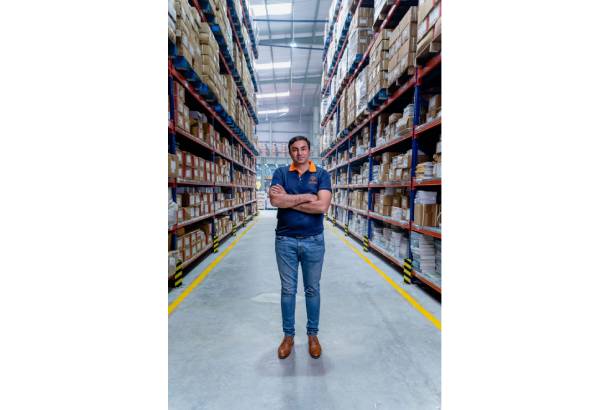

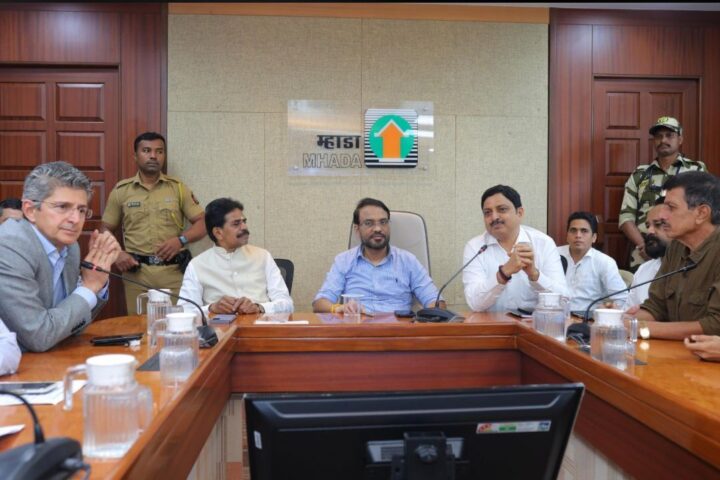
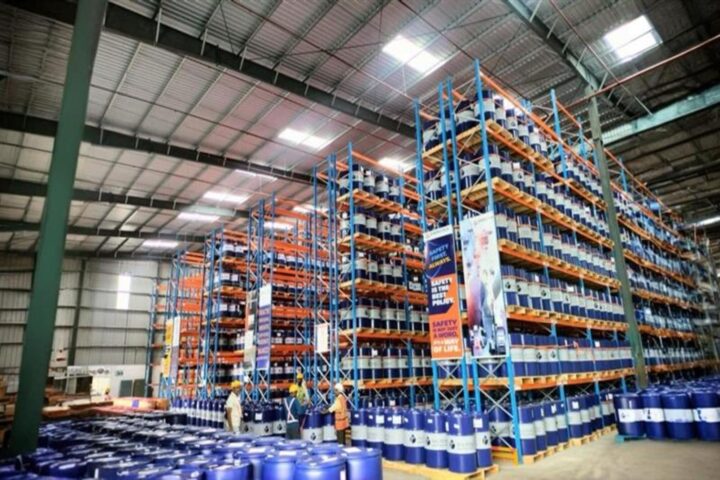

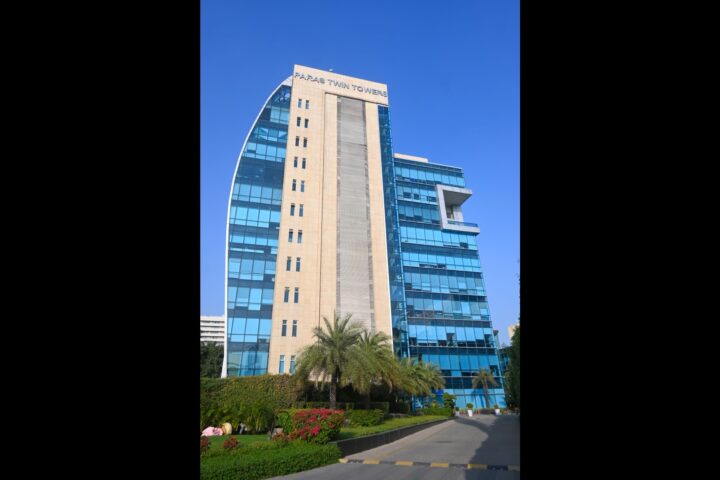
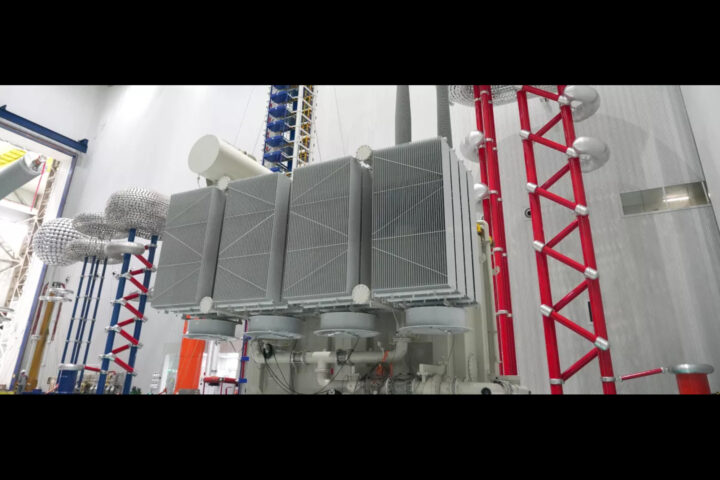
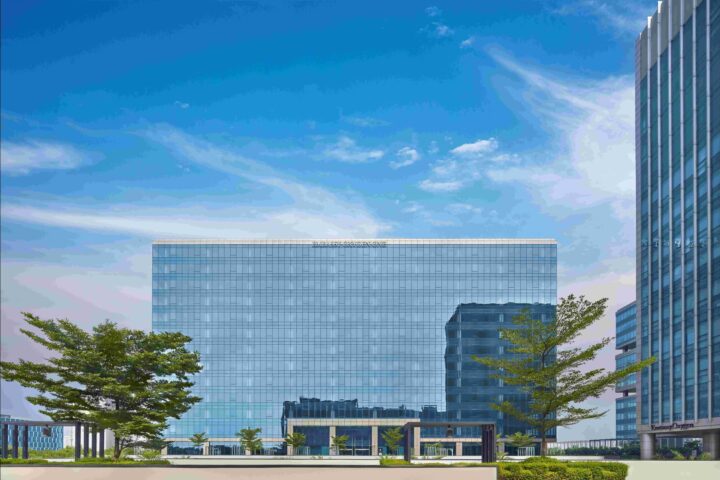
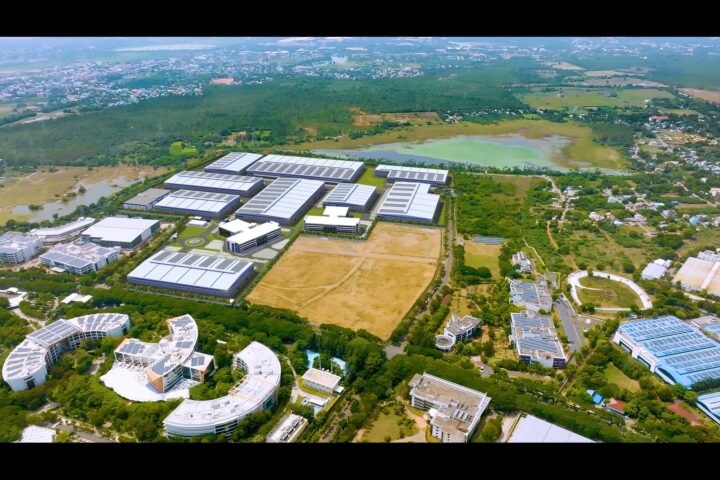

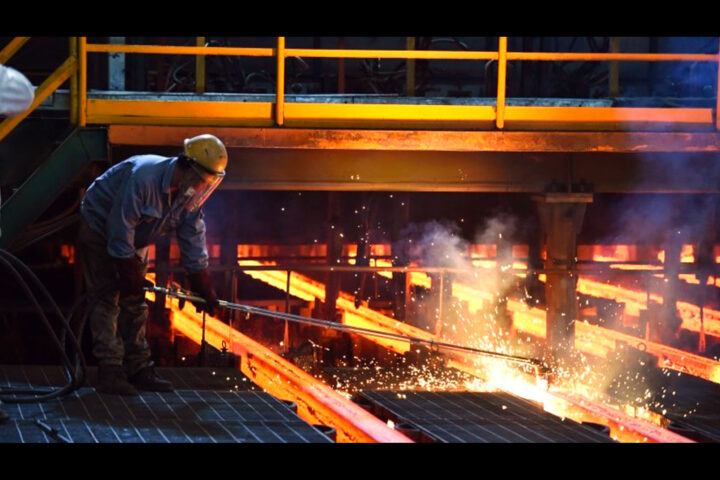


Follow